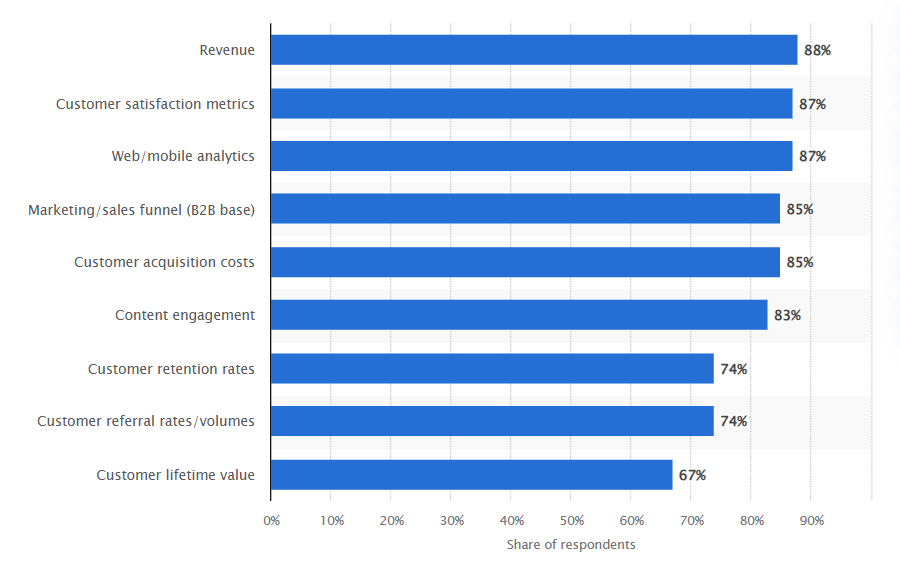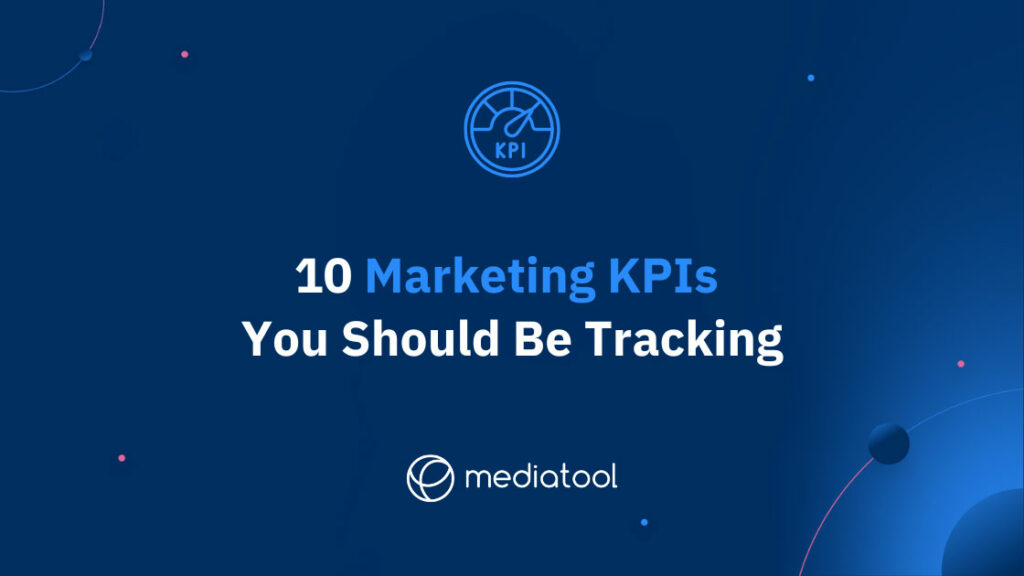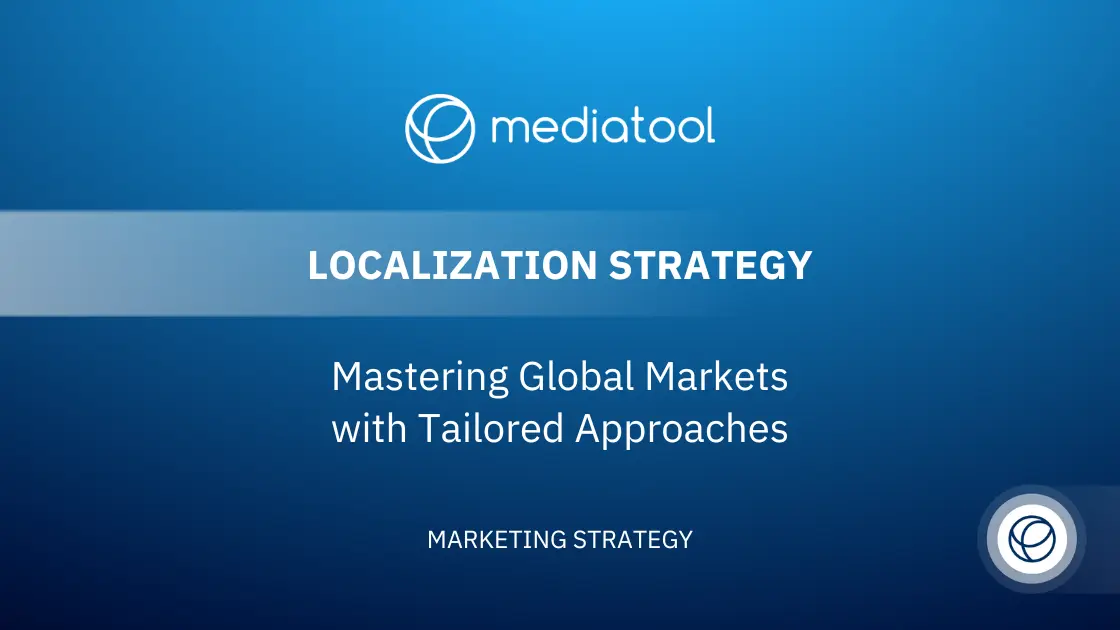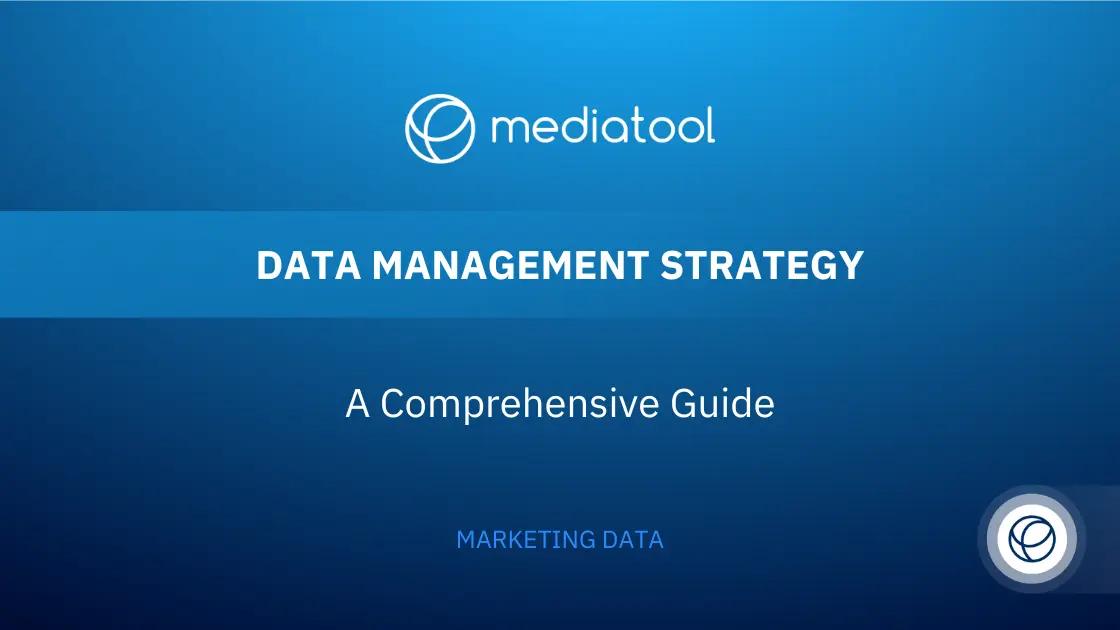Digital marketing KPIs encompass more than just sales revenue, leads, and customer acquisition costs. They offer valuable insights into the efficacy of your marketing campaigns and overall marketing strategy. When you focus solely on these traditional indicators, you might overlook other crucial key performance indicators (KPIs) essential for gauging the impact of your marketing efforts.
Consider expanding your tracking to include marketing qualified leads, customer lifetime value, and the performance of various marketing channels. These metrics can reveal much about the effectiveness of different marketing tactics. It’s not beneficial to continue marketing activities that don’t align with your business objectives.
Neglecting the right KPIs can lead to misinformed decision-making due to a lack of critical information for accurate reporting. By monitoring a broader range of marketing KPIs, you can make informed adjustments to your marketing budget, refine your targets, and enhance your overall marketing strategy. This approach also justifies your marketing investment.
Incorporating these KPIs into your regular assessment will help the marketing team to work closely with the sales team, ensuring that efforts like social media marketing campaigns, SEO strategies, and email marketing campaigns contribute positively to sales growth and customer acquisition.
Utilizing digital marketing tools like Google Analytics can aid in tracking website traffic, conversion rates, and the effectiveness of landing pages. Regular analysis of these KPIs will ensure that your marketing dollars are well-spent, improving your marketing ROI and helping you achieve your business objectives.
Let’s take a closer look at those you should be tracking.
The 10 Marketing KPIs You Should be Tracking
1. Customer Acquisition Cost (CAC)
Customer acquisition cost measures how much money it costs to convert a lead into a customer. This includes all marketing costs from manpower to software overheads. CAC can help you make better budgetary decisions by showing you the activities that aren’t generating conversions, and what you can leverage instead.
CAC can also help you spot opportunities to shorten lead time and convert customers by spending less and achieving your KPIs faster.
2. Customer Lifetime Value (LTV)
Customer lifetime value indicates the total revenue you can expect from a single customer. It’s useful to compare LTV with CAC to determine how much money to spend on marketing.
For example, if your CAC is higher than your LTV, then you’re likely overspending to acquire new customers.
3. Marketing ROI
Return on investment (ROI) is a key KPI for all companies, and marketing ROI is just as important when it comes to reviewing performance. When planning future budgets and setting targets, this should also be front and centre, determining future marketing activities.
To calculate marketing ROI: (sales growth – marketing investment)/marketing investment
4. Marketing Revenue Attribution
Marketing revenue attribution identifies how much revenue was influenced by your marketing activities. Tracking this is very important to understand how much revenue can be attributed to each of your marketing channels, plus it proves the value of your efforts.
For example, you can use marketing revenue attribution to assess the impact your social media marketing has on sales.
5. Marketing Qualified leads (MQL)
A marketing qualified lead (MQL) is someone who has interacted with and shown interest in your brand. An MQL is a potential customer who could become a serious prospect if you nurture the relationship. This is a very important marketing KPI since it helps you understand how many leads you’re generating directly from your marketing efforts.
Sales Qualified Leads (SQLs)
Your marketing team can identify the ratio of how many MQLs become a sales qualified lead (SQL) and, eventually, customers to help address any disconnects in your marketing funnel.
6. Website Visitors
Attracting website visitors is a key stage in most marketing funnels, so tracking and analyzing your website traffic can be very important for delivering effective marketing campaigns.
Organic website traffic is also essential to measuring the effectiveness of your content marketing and SEO strategy.
7. Referral Traffic
Referral traffic is a marketing KPI that helps you understand where your website visitors come from. It’s an important KPI to track since it helps you see how people find your company.
By seeing how people end up on your site, you can switch up your strategy and focus on that area.
8. Conversion Rate
Conversion rate is the percentage of visitors who complete a desired action, like signing up for your newsletter or making a purchase. This is a very useful marketing KPI because it helps you gauge the success of your lead generation.
If you’re receiving a lot of traffic to a landing page but conversion rate is low, you can optimize the content and CTAs to improve the conversion rate.
9. Return on Ad Spend (ROAS)
Return on ad spend (ROAS) measures the revenue generated by advertising against your investment. It’s usually expressed as a ratio and you can use it to determine the success of your ad campaigns.
For instance, if you made $1,000 for every $100 spent on advertising, this gives you an ROAS of 10:1. Click here to find out how to calculate ROAS.
10. Social Media Engagement
Social media plays a major role in marketing and one of the main social media marketing KPIs to track is engagement.
Any way that a potential customer interacts with you on social media can be measured and analyzed to gauge the effectiveness of your organic and paid social campaigns.
For instance, you can track likes, shares, and comments to understand who is engaging with your content and identify how to convert them into leads. If you are engaging the wrong target audience you’ll find you have high engagement on social media posts but a low conversion rate from social, and adjust your social content accordingly.
Key performance indicators (KPIs) most commonly monitored by marketing experts globally as of August 2022.

Source: Statista 2023
According to a 2022 survey involving marketing managers, directors, vice presidents (VPs), and chief marketing officers (CMOs) across 35 countries.
Setting and Measuring Meaningful KPIs is a Valuable Skill set for Any Marketer
As we know, useful marketing KPIs could be numbers, percentages or statistics that are actionable in achieving a result or justifying a marketing spend. Normally they represent a meaningful amount of time (a month, a year, the period a campaign was live) rather than a snapshot in time.
When done right, marketing KPIs ought to be:
- Measurable
- Meaningful (used to support decision making)
- Aligned with the company/campaign strategy
- Quantitative
Marketing KPIs should not be :
- Qualitative
- Interpreted or extrapolated
- Isolated customer feedback
- Audience profiles
Although this second group of ‘soft’ factors can be useful for marketing strategies, KPIs are a much ‘harder’ and more valuable tool for tracking success.
KPIs can be set at multiple levels.
Marketing KPIs are top-level figures that define success for your overall, combined marketing efforts. Campaign KPIs are based on tactics in individual campaigns which, when achieved, support overall marketing KPIs.
Setting and measuring KPIs for your marketing campaign can at first seem daunting but have no fear: there are tips and tools to help you set and measure marketing metrics and KPIs so you can report with confidence.
Why KPIs Are Essential
The forecast for media buying budgets is positive with a spending increase of around 8% expected in 2019 after stagnating in 2018. However, CEO confidence in the economy has fallen for 5 consecutive quarters, which could explain why marketers identified “demonstrating impact on financial outcomes” as their biggest challenge.
This is where KPIs become an essential part of every marketer’s toolkit.
Nearly 45% of companies reported using some form of data analytics as a key driver in marketing decisions, up from 36% last year to the highest point in 6 years. With paid media a significant contributor to overall marketing efforts, and so much data flowing in from paid channels, media planning is a core area to look at for campaign KPIs that demonstrate efficiency in the marketing team.
KPIs set a framework for success that shows how dollars funneled into marketing generate business growth. Return on Investment (ROI) can be distilled into a set of KPIs that give transparency into what is, and is not, working.
Achieving KPIs is not just good for sales; agencies with a track record of success can be more confident going into new business pitches, and marketers who outperformed last quarter have tangible results to support their budget proposal.
At the same time, it is important to set meaningful, relevant campaign KPIs that actually demonstrate success and are not just impressive looking numbers.
The leadership team will see through lowball targets or irrelevant statistics that hide a campaign flop.
How to Set Marketing KPIs
Marketing KPIs are never decided in isolation. Instead they should be set based on specific growth targets relevant to your company, brand, or product.
There are plenty of examples online for generic marketing KPIs but, remember, there is no such thing as a universal metric. What applies to your competitor might not apply to you (unless you’re trying to wrangle market share).
When it comes to setting useful marketing KPIs, start by looking inward:
Step 1: Consider the Business Goals
How does the marketing effort support overall business growth? Marketing KPIs based on demonstrable metrics like sales, new leads, audience growth and engagement will be useful.
Step 2: Identify Campaign Objectives
It makes sense that topline campaign objectives should come between business goals and specific campaign KPIs. Marketing objectives are normally aspirational, expressed as 3-5 statements that can be quantified by KPIs; for example, “to be the preferred sneaker brand for teenagers in the United States”.
Step 3: Be Specific, But Not Too Specific
Broad KPIs show how marketing is influencing overall business growth and brand sentiment, and specific KPIs are great at the campaign level for identifying successful tactics. However, KPIs that are too broad are rarely useful much like those that are too specific often miss the bigger picture.
Step 4: Identify Data That Will Need to be Collected
Where is your data coming from and is it relevant? Can you rely on it to be frequent, consistent and transparent? Who is responsible for analyzing and cleaning the mountains of data you will receive? All these questions need to be addressed to identify measurable targets.
Step 5: Don’t Overdo It
Setting too many KPIs confuses the definition of success, which will spread your marketing too thin. KPIs should paint a clear picture of success based on campaign objectives. Ideally they should allow you to answer the question “was our marketing successful?” in one word.
Setting marketing metrics and KPIs can be challenging
Setting KPIs can sometimes feel like pulling numbers out of thin air.
If this is the case, then go back to the Step 1 above and ask yourself some honest questions about your business goals. Coming up against goals like “being the best” or “enabling success for our customers” might be a sign your organization or client needs to be more specific about what they are trying to achieve.
When targets are set incorrectly businesses miss an opportunity to capture data and create valuable marketing KPI reports. Mining the right data requires clear, relevant KPIs that give business leaders the information they need to make decisions.
Some More Examples of Marketing KPIs

What does a good marketing KPI example actually look like? Depending on the scale and scope of your marketing efforts the answer will change. However, with so much data waiting to be collected, there is no reason to miss the insights that define success and create value.
Here is a list of KPIs for marketing and where they might be useful:
- Broad KPIs
- Brand awareness
What percentage of your target audience know what you do? Comparing brand awareness before, immediately following, and trailing a campaign presents a useful picture of marketing effectiveness.
Purchase Intention
Of those in your target audience who know you exist, how many have the intention to purchase from you in the future?
Net Promoter Score (NPS)
NPS still has its place in marketing, especially campaigns aimed at reinventing or improving a company’s image.
Consumer Sentiment
How does your target audience feel about your client on a numeric scale? Like brand awareness, establishing several reference points is important.
Semi-specific Marketing KPIs
Market Share
Market share is the percentage of the customer “pie” you had during a period compared to your competitors.
New User Sign-ups
How many new users (to a website, forum, service etc.) signed up during the campaign? Do you know where they came from, or what they are hoping to get from you?
New Email List Registrations
Like new user sign-ups, email list registrations can indicate potential new leads. A great KPI to focus on for data acquisition campaigns.
Sales Revenue
Sales improved during the quarter – hopefully because of something you did. It can be difficult to tie global sales revenue to marketing efforts, but it is a signal of effective marketing.
Unique Website Visitors
Increases in web traffic are a good sign in any marketing campaign. But where are your visitors coming from, and what are they doing when they arrive on your site?
Specific Marketing KPIs
CPC/CPL
Across a multichannel digital marketing campaign, can you calculate the average cost per click (CPC) or cost per lead (CPL) and pin down CPC/CPL for specific channels?
Social Media Engagement
The ability to segment and analyze engagement data for multi-platform marketing campaigns will provide valuable audience insights for future marketing activity.
Brand Mentions or Hashtag Mentions
In the age of the social media influencer, brand mentions and hashtag use is a key representative statistic of brand engagement.
Split A/B Testing Results
Knowing how your target audience responds to specific email tactics provides valuable insight for eDM campaigns. Accumulating data over several A/B split tests can show marketers how to maximize email engagement.
Landing Page Conversions
If your campaign directs your audience to a landing page, it is important to know what happens once they get there, and why interest is or isn’t converting to action.
How Many of Each Marketing KPI Type Should I Have?

There is no hard and fast rule for how many KPIs a marketing campaign should have, just as there are no KPIs that apply to every campaign. Instead, the number and type of marketing KPIs will be based on goals defined during the campaign planning process.
Each type has its pros and cons, and most successful multichannel marketing campaigns will track a variety of metrics, from broad to specific. Brand awareness campaigns might focus on the broad end of the scale where shorter, more targeted campaigns (e.g. a landing page campaign run solely through banner ads on partner sites) may only consider a few specific KPIs.
Campaign KPI Pacing
Setting insightful KPIs is half the battle. Once the team is aligned on clear campaign KPIs that support overall marketing KPIs, tracking progress is the next challenge.
Campaigns will pace themselves out unevenly; you may not reach 10% of your sales target from 10% of the spend. This is because there is an awareness raising lag coupled with the unpredictability of human behaviour. However, identifying thresholds on the way to campaign KPIs will provide a marker to ‘check in’ and readjust if necessary.
Defining whether your campaign is tracking towards KPIs at a healthy pace relies on real-time access to relevant data. Not just results data like sales figures, but also traffic reports, link statistics, CPC/CPL, email bounce rates and other deep-dive insights. Achieving campaign KPIs, or adjusting campaign tactics if results are not looking promising, will ensure overall marketing KPIs are achieved as well.
The next challenge is how to make capturing data and reporting on KPIs easier for marketing managers.
KPI Reporting Tools
With the ongoing expansion and diversification of the media landscape, the marketing sector continues to confront new challenges, particularly in gathering and analyzing high-quality data for effective reporting. Recent trends show a significant portion of marketing budgets being allocated to technological advancements and innovative tools. As of the latest industry data, there’s an increasing emphasis on investing in digital marketing tools and technologies to enhance data-driven decision-making.
This shift in focus is also accompanied by a heightened investment in training and skill development for marketing professionals. Companies are dedicating substantial resources to ensure their teams are well-equipped to handle the complexities of modern marketing analytics and KPI tracking.
The adoption of sophisticated KPI reporting tools has become crucial for businesses aiming to keep pace with rapid technological advancements and to bridge the gap between their strategic goals and their operational capabilities.
Set and Track Marketing KPIs With Mediatool
Once your campaign launches, you will no doubt be anxious to see how your hard work is paying off. Getting access to real-time data that shows how your campaign is tracking against KPIs is non-negotiable for any successful campaign. Waiting until results are in at the end of a campaign means you have missed any opportunity to change track.
Mediatool is an intuitive platform that gives marketers and agencies access to an endless stream of relevant data. The power of setting and managing KPIs is in your hands.
You’ll be able to confidently monitor campaign KPIs knowing that your data is always accessible.
Mediatool displays data that is collected through integrations and selectively uploaded by the user into a single user-friendly dashboard. The data can then be filtered and customized to answer even the most difficult KPI queries without having to dig through spreadsheets and risk human interpretation errors.
For marketers and agencies alike, the many KPI reporting abilities available in the dashboard and reports offer streamlined access to valuable insights that can be used to measure marketing KPIs and make informed strategic decisions. Access to data is important for tracking and reporting on campaign and marketing KPIs, and Mediatool provides great access to multichannel marketing campaign data.
From the outset, your dashboard is fully customized to show the important information relevant to your brand or campaign at a glance. From there it’s just a few clicks to deep dive into specific data, monitor campaign KPI pacing, uncover insights, and compare marketing tactics across the entire campaign. Agencies can house all of their client campaigns under a single Mediatool agency account for quick access when the client calls with a last-minute request.




